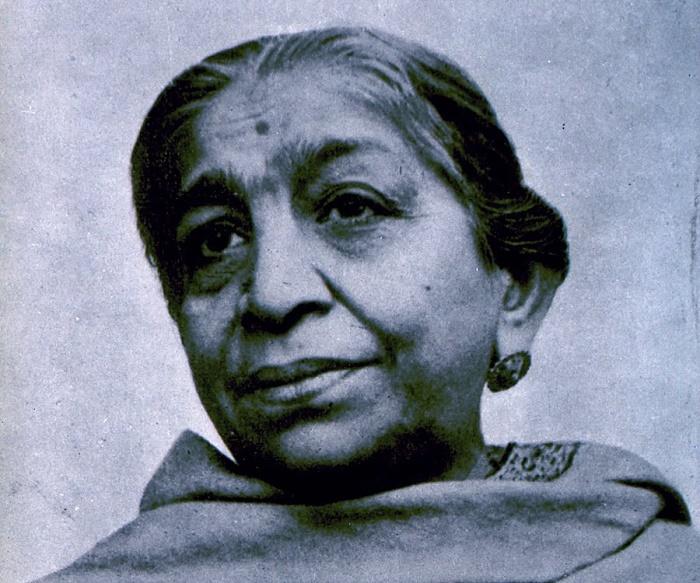1879 - 1949
By: Nakul Singh Lodhi | Date Added:

It was the time when women were discriminated, marginalized and lived in a patriarchal dominated society, a small town girl showed the world that a woman is equally capable as a man in terms of knowledge, creativity and leadership. Sarojini Naidu was born in 1869, her father Dr. Aghore Nath Chattopadhyay was a scientist, philosopher, and educator. Her mother Varada Sundari Devi was a poet in the Bengali language. During those times it was very difficult for a girl child to be educated and they were expected to do daily home chores, but Sarojini Naidu broke all those barriers to get an education. She was a bright and intelligent child, she had knowledge of many languages such as English, Bengali, Urdu, Telugu, Persian, and topped her matriculation exams from Madras University. She got a scholarship to study abroad. At the age of 16, she got admission in the King's College, England, and later joined Girton College in Cambridge. She met Muthyala Govindarajulu Naidu who was a non-brahmin while she was studying in England. They got married after they returned to India, it was an inter-caste marriage at the time when such marriages were not allowed and tolerated in Indian Society. Her marriage was a very happy one. They had four children. She was a skilled poet and a renowned writer. Some of her famous works are 'The Lady of the Lake' and 'Maher Muneer'. Her literary works earned her the title "Knightangle of India" by Mahatama Gandhi. She entered the Indian Politics when there was an active struggle against the British Empire. She worked with Pt. Jawahar Lal Nehru(who later became India's First Prime Minister) to help the Indigo workers of Champaran to get their rights back against the British Authorities. She was influenced by the Congress leaders such as Gopal Krishna Gokhale and Mahatma Gandhi. Her contribution to the empowerment of women is acknowledged around the World. In 1917, she helped found the Women India Association with Annie Bessant and other prominent leaders. The organization fought various social evils prevailing in the society such as illiteracy, child marriage, the Devadasi system, etc. She actively participated in the Indian National Movement. She played an important role in various mass movements launched against the British Indian Government such as Salt Satyagraha, Civil Disobedience Movement, and Quit India Movement. After the independence of India, she became the first governor of the United Provinces (now Uttar Pradesh) and remained in the role till her death in 1949. Her birthday, March 2, is honored as Women's Day in India. Her life is an inspiration for many people. She broke all the barriers and prejudices that were prevailing at that time to become an extraordinary leader, poet, and a social activist. I always admire her willpower, courage, and commitment to her work. Today when many women are fighting for their equal rights, her story can be a source of inspiration and motivation for them.
click hereShare your thoughts on this story with us. Your comments will not be made public.
Email
Copyright ©2016 - Design By Bureau Blank